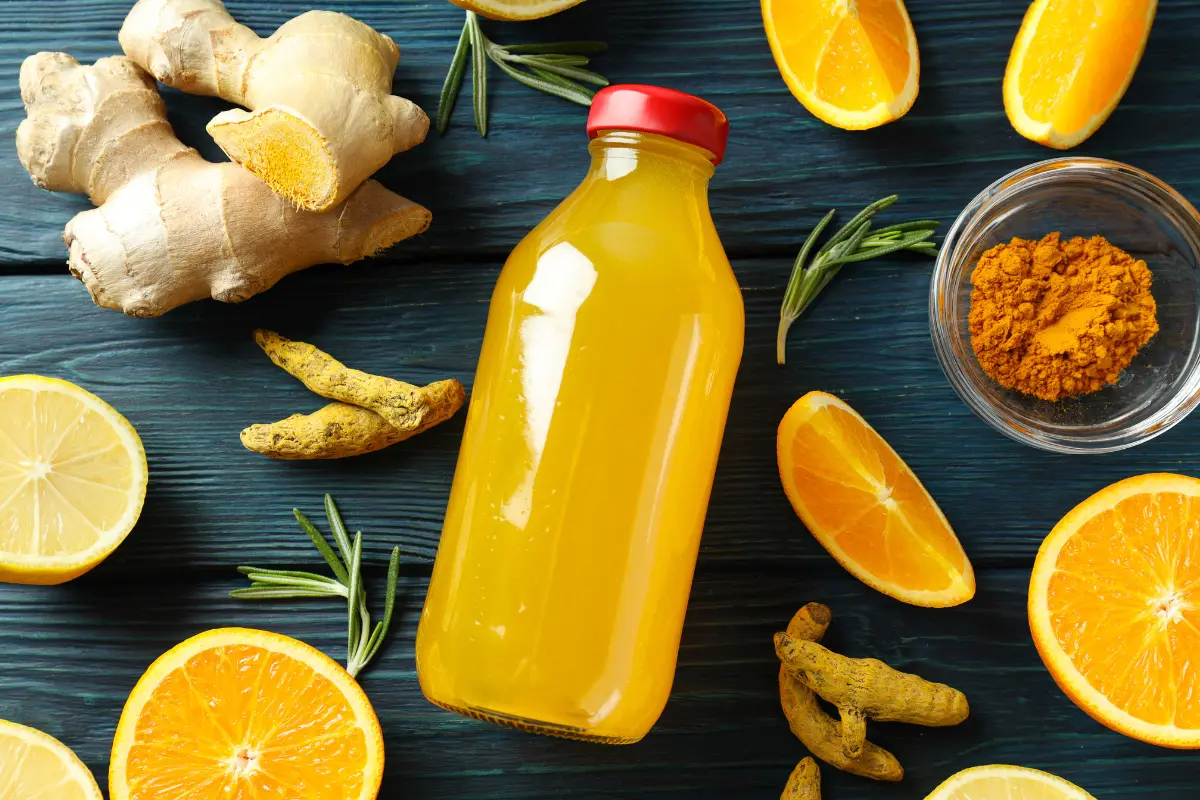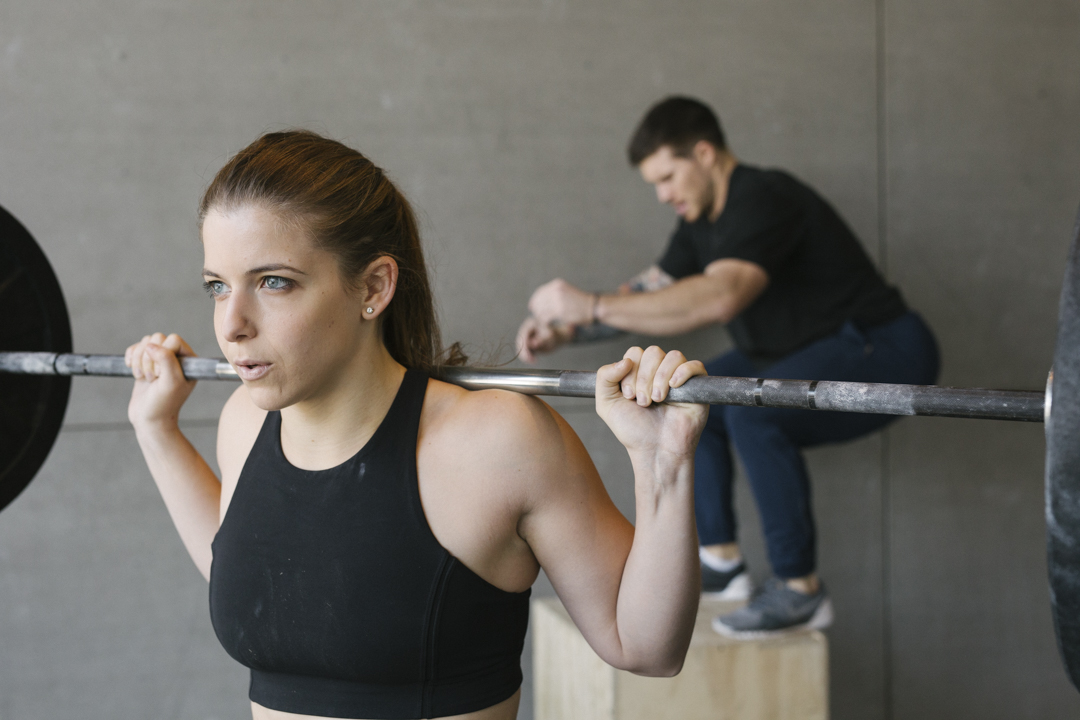
For many in the nutrition and health world, one of the first things that come to mind when considering a change to nutrition is weight loss. But, there can be a lot more to it than that.
If you’ve ever wondered something like…
“Should I bulk, cut or maintain my weight?”
“What is bulking, anyway?”
“How can I reverse diet without gaining weight?”
Advertisement
“How does weight maintenance work?”
Or, “How do I cut weight and still feel my best?”
...this article is for you.
When it comes to goals related to body composition, it is simplest to categorize these into three phases: Bulking, Cutting and Weight Maintenance.
Before we can dive into which may be best for you, we need to define each stage of the nutrition and body composition journey, understand what it takes to achieve that goal and decide when it may be advantageous to chase.
Advertisement
Where you start depends on where you are in your journey right now and where you see yourself going. We are here to help you figure out which one is right for you.
Let’s start with bulking.
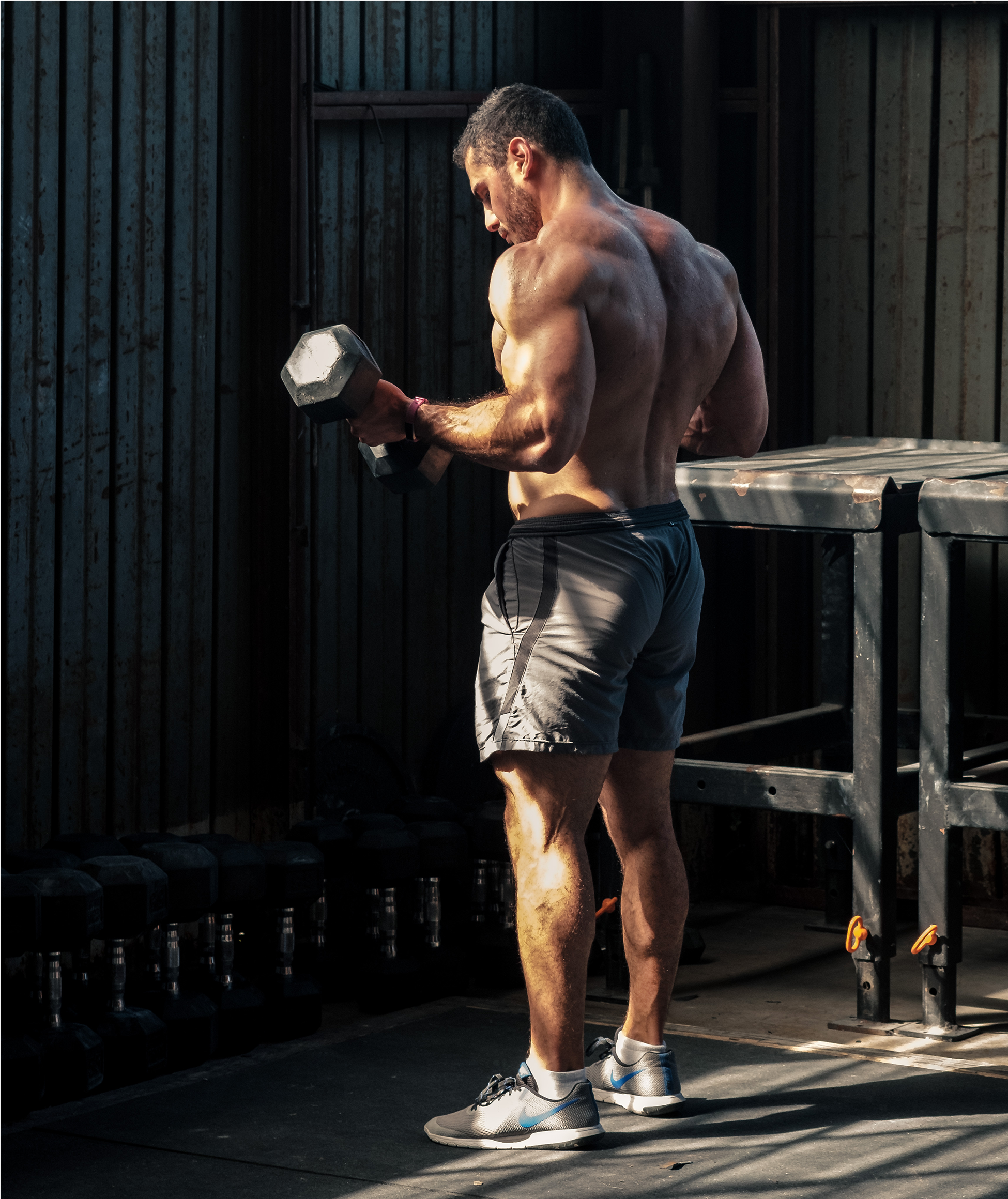
What is “Bulking”?
“Bulking” is a buzzword these days. When you hear it, we want you to think about it as eating in a calorie surplus with a specific goal in mind.
Most often, this goal is to gain muscle while limiting fat accumulation.
Advertisement
Wait, back up. What is a calorie surplus?
Being in a surplus means eating more calories than your body burns on a daily basis. Doing this strategically and in tandem with a strength training program that supports muscle growth and strength development can trigger your body to use the “extra” calories to build muscle and mitigate fat gain as much as possible.
The Benefits of Bulking
While the main focus of a bulk period is to put on muscle mass, there are instances when bulking can make both men and women leaner and stronger.
Gaining muscle has benefits like improved athletic performance, increased strength and changes in body composition that lead to a leaner-looking appearance.
Muscle also helps support a faster, healthier metabolism as it takes ENERGY to keep muscle strong, working and recovering. This means you get to eat more food simply to maintain your weight following the bulk. Sounds like a win, don’t you think?
Advertisement
It is important to note that every bulking phase will include some level of increase in fat on your body. If we could increase in muscle alone, we would put it in one of those magic pills, but we all know those are a myth...
Should I Bulk?
There are many times that you can benefit from bulking – you don’t have to be a bodybuilder (although, you can be!)!
Some people who may benefit from eating in a calorie surplus are:
- Weightlifters who want or need to go up a weight class before their next meet
- Someone who has been dieting for a long period of time and could benefit from a higher calorie intake
- Any athlete (if you workout on purpose, you’re an athlete!) following a strength-building program with the primary goal of getting stronger
- Someone who is very lean and wants to see an improvement in strength and performance.
Bulking Considerations
When deciding to bulk, there are several things to consider. From food quality to current body composition, here are a few things to keep in mind when deciding if bulking is right for you.
Food Quality During a Bulk
Advertisement
Ever heard of a “dirty bulk”?
This is when any and all types of food are used to create that calorie surplus. We’re talking pizza, burgers, candy, sugary drinks, basically anything that adds calories. The problem with this approach is that eating these foods in excess can cause some negative effects like:
- Poor performance in the gym and decreases in recovery
- Bloating or gastrointestinal upset
- Fatigue and sluggishness
- Decreased mood
- Hormone dysregulation
- Increased fat accumulation vs. mainly muscle accumulation
Many people in this phase struggle to eat enough food to hit higher calorie needs. So, the ideal approach when bulking is to focus on whole foods with an emphasis on more calorie-dense items.
Choose foods that carry great health benefits and nutritional value, but unlike when you are in a cut phase, it isn’t helpful to fill up too much on super lean protein sources and non-starchy veggies like spinach and broccoli. These are still great to add to your plan, but imagine how much broccoli you’d have to eat to reach a calorie surplus!
Instead, aim for higher fat protein options like steaks, pork shoulder, ground beef and salmon. Add denser carbs like sweet potato, rice, oats, whole grains, squash varieties, corn and tropical fruits.
Advertisement
At the end of the day, it is all about balance. Eating all whole foods during a bulking period will likely leave you feeling extremely full and uncomfortable because of increased volume and fiber. Adding some processed options in moderation can have a place and time during a bulking phase. A WAG Coach can help you decide when and if this makes sense for you!
Current Body Composition
Muscle growth is usually most successful when you’re already lean. An exception to this rule is if you’re coming to strength training completely new to the lifting game (you’ve heard of #newbiegains, right?).
Either way, this means that bulking is typically not the very first phase in your journey.
What does “already lean” mean?
Advertisement
For men, this looks like being around 15% body fat or less, and for women, 27% body fat or less. Don’t have a way to measure? People at these levels of leanness generally have at least a little bit of ab definition.
If that isn’t you, that’s okay! A coach can help you decide if bulking still makes the most sense, or if you can achieve your strength and muscle definition goals with a cut first.

What is “Cutting”?
Next up: weight cutting.
This phase is much more than simply dieting. A “cut” is a phase of reduced caloric intake, partnered with strength training in order to lose weight and body fat while maintaining as much lean muscle as possible.
Advertisement
Cutting Considerations
Often when people are “dieting” the main goal is to lose weight without taking into account what weight they are actually losing. In other words, individuals are interested in the number on the scale exclusively and that could mean they are losing fat, muscle and water weight.
In a weight cut, there is a large emphasis on protein and carbohydrate intake to support continued performance in the weight room or gym. Eating enough protein can help you lose mostly fat with a limited impact on strength, performance and muscle mass. In this case, it is important to continue to train as usual to keep the stimulus on muscle high despite the calorie cut.
It is important to keep in mind that although you can do your BEST to maintain strength and muscle while cutting, it isn’t a guarantee. In general, the deeper the cut, the more you’ll notice a negative impact on strength and performance. That is why a smaller, steady cut tends to win the race.
How you feel is also impacted by the foods you choose while in a calorie deficit.
Here are some of the best foods to eat during a cut:
Advertisement
Protein sources during a cut
- Chicken breast
- Extra-lean ground turkey
- Egg whites
- Shrimp
- Nonfat Greek yogurt
Need a few more examples? Pick protein sources from the “leanest” section below more often than not!
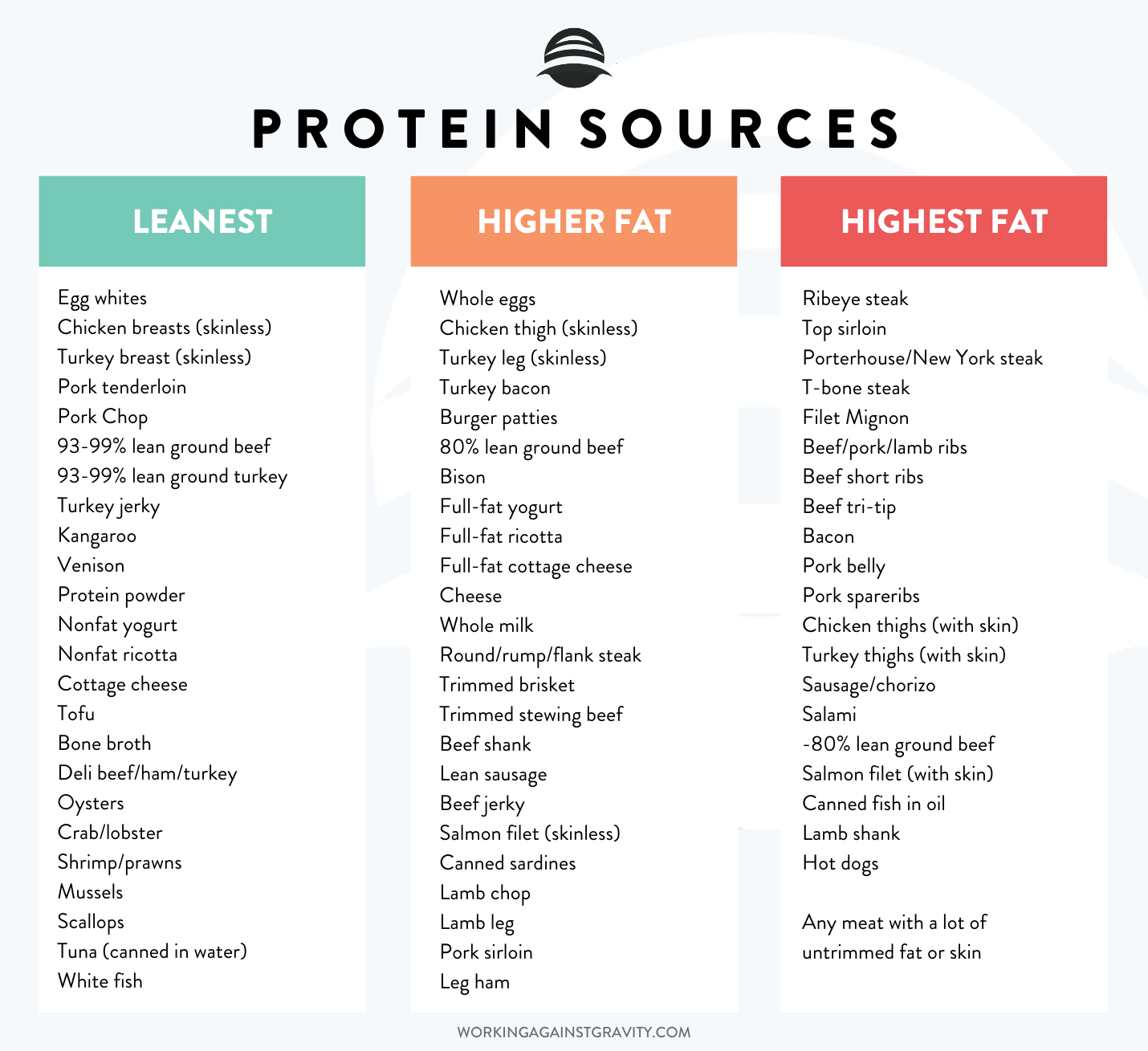
Carb sources during a cut
- Greens
- Cucumber
- Peppers
- Berries
- Legumes
- Quinoa
Need a few more examples? Pick foods from the “Lowest Density” sections farther from workouts and the “Higher Density” sections right before and after your workouts.
Advertisement
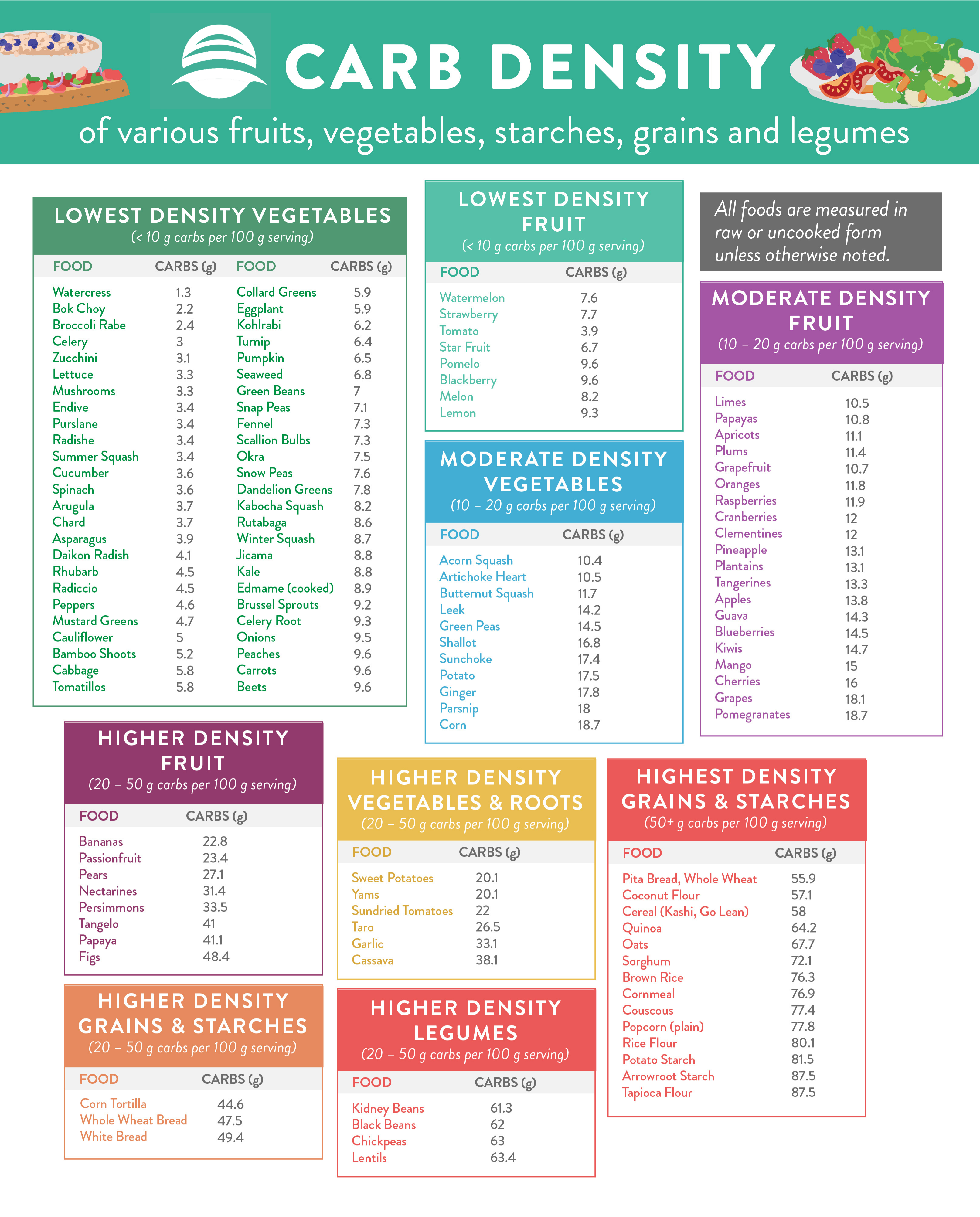
Nutrition Timing During a Cut
Because a cut inherently means eating fewer calories than your body is burning, timing nutrition around your workouts is key.
In general, it is helpful to consume protein ASAP after a workout (use the list above!) to kickstart the recovery process. Other than that, keep it evenly spaced throughout your day for optimal blood sugar stabilization and recovery.
When it comes to carbs, eating higher-density carbs right before and after workouts can give you the energy to push hard and recover harder. Then, eating higher fat foods and high volume carbs outside of workout windows will help keep you feeling fuller on lower calories.
Advertisement
For more information, check out THIS ARTICLE.
Should I Cut Weight?
There are times when a weight cut may bring you close to your goals. Here are a few examples:
- Weightlifters or anyone in a weight-specific sport who needs to reach a specific weight for competition
- Figure or physique competitors
- Those with specific physical appearance goals
- Athletes who want to maintain strength and fitness as much as possible while reaching weight loss or fat loss goals.
But here is the deal: You can’t live in a cut forever. Your body needs enough fuel to maintain healthy hormones, metabolism and day-to-day functioning.
Cutting has a time and place but it isn’t forever.
After you’ve cut and reached your body composition goals, your next question is likely, “what comes next?”
Advertisement
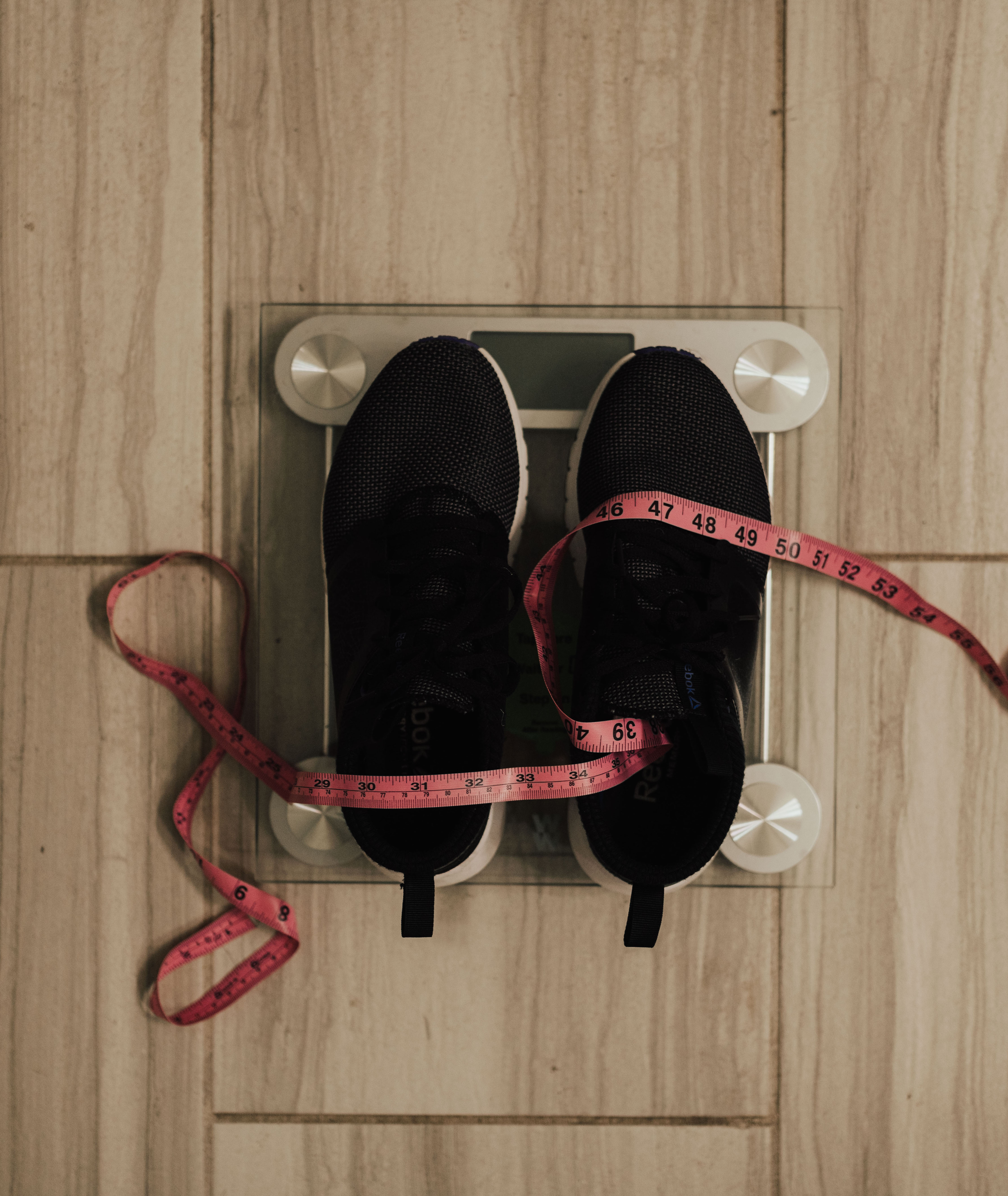
What is “Reverse Dieting”?
Although you could move right into a “bulk”, typically it is helpful to build back up to a maintenance phase by reverse dieting first.
This is where the power of 1:1 coaching comes in...
Let’s paint a picture: Imagine you set out to lose 20 pounds and after a cut with your coach, you’ve reached your goal! So now you’re done, right? Well, not quite!
If you’ve been in a caloric deficit for months and quickly go back to your pre-cut calories, your body may not have time to adapt to the changes. It is a slow and steady process to find maintenance macros based on your new weight and muscle mass.
Advertisement
This is where a WAG coach will help you increase slowly over time until you are at your new maintenance macros while feeling great in your skin and with your body composition. Neat, right?
We do a deep dive into reverse dieting in THIS ARTICLE. Give it a read for more info!
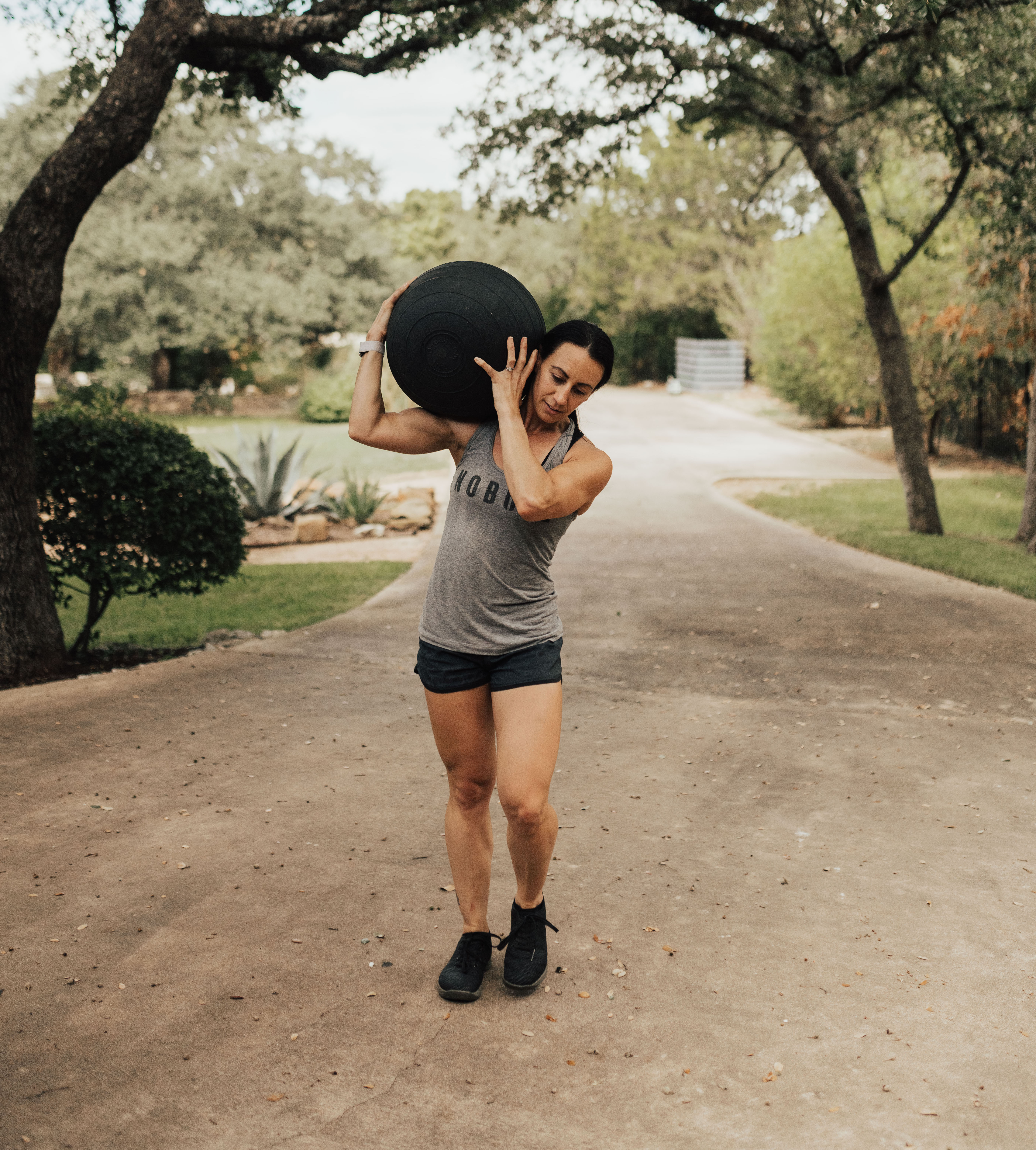
What is "Weight Maintenance”?
This phase is just as it sounds: maintaining body weight, muscle mass and physique. The (somewhat counterintuitive) thing to keep in mind here is that even maintenance can be fluid through different seasons of life. If your activity levels change, your maintenance macros likely will too!
Maintenance Considerations
Just like cutting, bulking and reversing, the maintenance phase is purposeful.
Advertisement
It is true that calorie intake is higher at maintenance than in the cut phase, AND it is also true that choosing from whole food sources is going to bring the highest benefit.
You will have more flexibility around your targets which can feel freeing, but a little leeway can sometimes be taken farther than we planned. The goal is to eat the number of calories that allow you to maintain your weight, body composition and performance.
Should I Move to a Maintenance Phase?
Maintenance may be right for you in many different situations. Consider this phase if you:
- Have completed a cut and reverse diet and are not ready for any other changes (like bulking)
- Have completed a bulk and wish to remain where you are
- Need a diet break from your bulk or cut
- Want to grow your understanding of food, macros and other nutrients without gaining or losing weight
- Wish to improve your relationship with food without feeling the pressure to change your body
- Want to step away from strict tracking and begin eating more intentionally
- If you have a vacation or holiday coming up
Don’t discount the value of having a coach at your side during maintenance simply because you are not aiming to lose or gain weight. This is often a tricky phase because of the increased flexibility with your targets and need to slowly build trust with your body and hunger signals.
WAG coaches have been specifically trained to guide you through every single step of this journey and are there for accountability, support and guidance.
Advertisement
What is Next For You?
If you want to gain muscle and increase strength, it is time to bulk!
If you want to lose weight and get a leaner look, it is cut time.
If you have reached the end of one of those phases or want to transition from one to the other, reverse dieting into maintenance is your jam.
When you are bulking or cutting it is important to remember that you are pushing your body into a space it would rather not be in. You will have to eat when hunger is low (or when you’re already full!) while bulking, and you will have to get used to higher hunger when you cut. It is important to have a strong “why” and be ready to acknowledge these hunger and fullness cues without responding to them.
Whatever your goal, be it performance, physical, or something else, you’re more likely to reach your goal quickly and with limited frustration, if you hire a 1:1 coach. WAG coaches are experts at what we do and you can get the benefit of that support and knowledge.
Advertisement
Remember that nothing is set in stone and it is okay if your goals change as your journey goes on. Many WAG members enjoy cutting before summer, putting on muscle in the winter and maintaining through the holidays. Nutrition is a cycle and it is all about being clear with your goals and intentions during each season of life.
Anna Winton
Get a WAG Coach
Working Against Gravity has led the macro tracking and health space for over a decade. Our team doesn’t just understand the science of nutrition—we’ve spent years mastering the art of tailoring it to fit your life. That means no cookie-cutter plans, just real strategies that have worked for over 30,000 people.
Choose from our membership options and start working with an expert 1-on-1 coach today.

